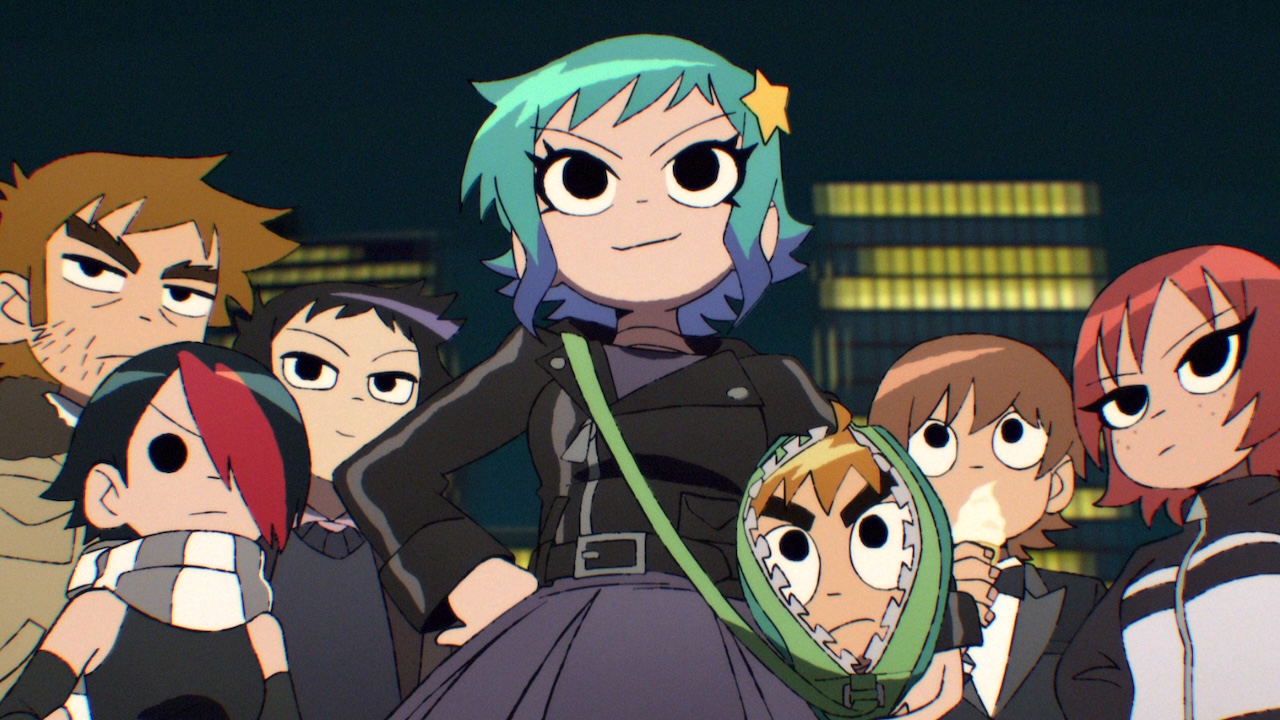“I wanted to direct movies. That’s all I ever wanted to do. I never had a plan to write movies,” says BenDavid Grabinski. “In college one summer, I wrote a script and people seemed to like it. So I wrote a few more and moved to LA.” Initially, Grabinski was writing with the goal of making something he could direct, but then he ended up loving the process of screenwriting. “I just really enjoy that creative approach to storytelling.”
“I have a very unorthodox career narrative because I moved to LA at twenty-two and the first thing I wrote got optioned and made in six months. The next thing was on the Blacklist and Barry Sonnenfield was going to direct, but the studio went bankrupt. I kept almost having an overnight success.”
This would have been around 2005. “I know I’m a much better writer now than I was then. When I look back at that, I think that guy didn’t know anything about anything. So much about success is out of your control. You have to keep writing and opportunity will fall into your lap… or it won’t.”
Grabinski is known for writing Skiptrace, Happily, Are You Afraid of the Dark?, and the new Netflix series, Scott Pilgrim Takes Off. “I didn’t go to film school. It has a lot of value for a lot of people, but my way to learn movies was watching movies, reading scripts, and listening to audio commentaries. That’s how I figured out the process.”
“If you read enough scripts and are excited about that kind of language and that format and that structure, I think it can only help. I think I read so many I internalized how it felt to read a script, how something is broken down versus executed, and I think I absorbed that. It helps to see the code in The Matrix.”
Writing for Collaboration
“I’ve written shots into scripts even when they’re for other people. When I write for myself to direct, I worry less about annoying another director,” he jokes. “Sometimes when I write for someone else, I think this might be kind of annoying for a director. The stuff I write for myself is also a little more playful. Some people don’t write any of that. Some people say ‘We see,’ some people say ‘this is a close up,’ I just think it has to be a good read. That’s the biggest priority.”
“If somebody feels like they need to read something in one sitting, that’s the most important thing you can pull off in a script,” concludes Grabinski. With Skiptrace, he came on board for a rewrite. With Are You Afraid of the Dark?, he wrote a movie that didn’t get made, but was asked to come in and pitch for the IP-based reboot, and Happily was an original he wrote and directed.

BenDavid Grabinski
For Scott Pilgrim Takes Off, comic creator Bryan Lee O’Malley was in talks with Netflix about doing an animated series from his source material. “I’ve known Bryan for a very long time and I was a big fan of Scott Pilgrim. He was talking about the pros and cons of an adaptation and I had a bunch of ideas.”
This led to a pitch where the two were working together. Grabinski hadn’t done animation before and O’Malley had never done a TV show, but he drew all of the books. “Bryan is Scott Pilgrim. It was a really fun adventure to collaborate because I had only worked on my own before.”
“In a lot of ways, [writing with a partner] is so much better. I have been writing on my own for seventeen years. It’s a completely different dynamic. It’s less lonely. You don’t realize how weird it is to be doing everything on your own – having conversations with yourself for years – it’s so much more valuable to have somebody else there to pitch ideas.”
Scott Pilgrim Takes Off
The partnership also helped Grabinski to know when something was ready. “I’m really hard on my own work. I will just keep working on something, so having fresh eyes on something and knowing we both loved everything in the show, it’s a completely different dynamic. It’s all about the partnership.”
Grabinski is back to solo work, but a few aspects about this project changed his overall approach to the work. “Working in animation changed a lot of my approach. In terms of us working together, I’m still as specific as I can be with my voice, but what I learned from this is how to make something personal and something I care about even if it’s not a 1-to-1 of how I would have done it on my own. It’s a piece of me, but also Bryan’s work.”
Logistically, the project actually started with Edgar Wright talking about an anime adaptation of the movie (which was an adaptation from the comic). “By the time Bryan heard about it, Edgar was producing, Science Saru was attached to animate, and they wanted Bryan in the loop.”
Originally, they thought it would just be an animated version, but Grabinski pitched a slightly altered narrative which everyone really enjoyed. “It got greenlit based on the outlines and then we were writing every shape and form for years. The take we had was a clean North Star.”
“The idea I came up with dictated what the story would be. We’re both huge anime fans and we wanted to write something in conversation with Edgar’s movie, but also what we loved about anime and that medium. I’m the only person who loves the [Gus Van Sant] Psycho remake. I think it’s fascinating, but we really didn’t want it to feel like we were remaking the movie or that we were a cover band rehashing something. I want to make something for people who love the movies and people who have never seen the movies and hit both of those bullseyes at once.”
Writing for Animation
In animation, things are inherently different. So while Grabinski doesn’t want to explain too much in a way that is off-putting to a director, in animation aspects need to be clear. “I would write things like, in this fight it’s going to seem like this guy is losing, but then this happens. It’s like a vague instruction manual and they would send us back storyboards and then we’d give them feedback.”
“We wanted to give them as much room to be as creative as possible, but dictate the emotion or tone. This part should be funny. This part should be sad. A lot of the fights have a hallucinatory vibe to them, so that’s room to be creative. I wanted it to feel like an organic anime so the more we dictated the process, the less it would feel like one.”
In terms of advice for writers, Grabinski tells screenwriters to, “Write a movie you want to see.” He adds, “Try to write something where people aren’t going to get bored and put it down. Be hard on your script. Be engaging. Is someone going to stop reading here?”
“Making something readable and entertaining is very important. You’re asking someone to spend hours of their day staring at words on a screen. You want to keep their attention. That doesn’t mean it can’t be complicated or patient, but it should be as good as it can be.”
This interview has been condensed. Listen to the full audio version here.

